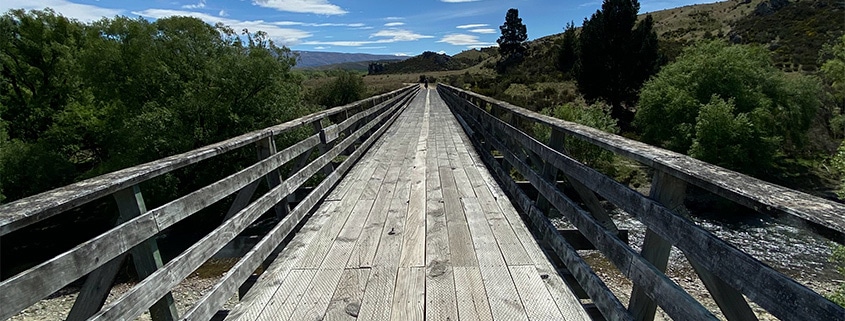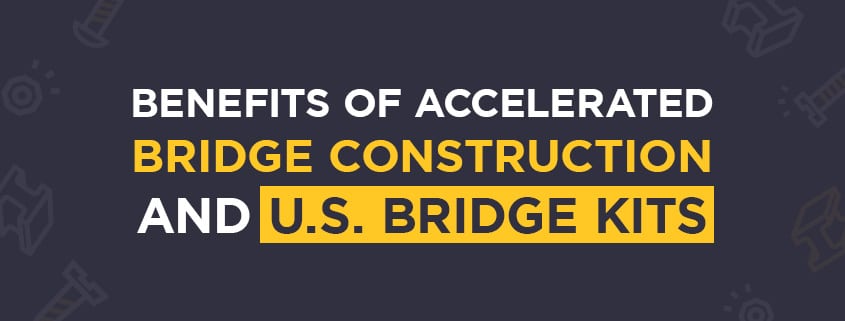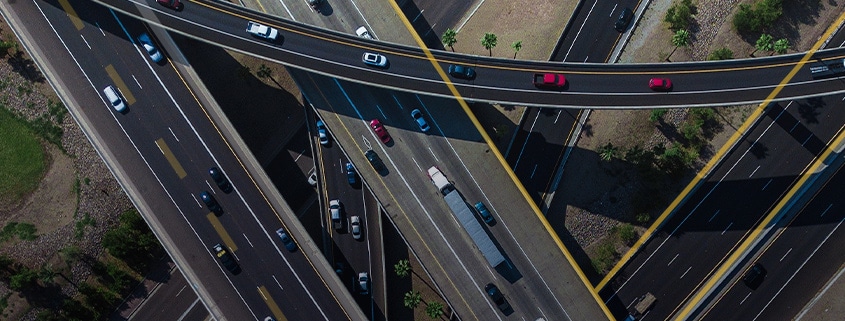If you’re attempting to restore an existing bridge or trying to replace a destroyed bridge, you may be wondering if you should erect a permanent bridge or a temporary one. Most likely, you’re thinking of building a temporary bridge construction until the permanent construction is done — but does that really save money?
What exactly is the difference between temporary and permanent bridge construction? With advancements in technology, specifically accelerated bridge construction, many projects can forgo a temporary bridge — often saving millions of dollars.
Let’s break down the main differences between permanent and temporary bridge construction.
Time: How soon do you need the bridge?
Generally, temporary bridges are quick to erect and dismantle as they are often used in emergency scenarios. That being said, temporary bridges take away time and money from permanent constructions. With just a few more weeks, a permanent bridge can be built without the added effort of a temporary bridge. This can save taxpayers and local governments by forgoing them whenever possible.
Many temporary and permanent bridge construction are pre-assembled if they are made with prefabricated bridge kits. This saves builders time during the planning and construction phase.
Additionally, prefabricated kits manufactured by U.S. Bridge ensure the addition of a U.S. Bridge team member to oversee the construction, to make it efficient and effective.
Affordability: How does it affect your budget?
Recently, more and more bridges are completed with prefabricated construction and are produced with lightweight materials such as steel. This means that less heavy equipment is required for installation. For example, our bridge kits are assembled before they reach the job site.
Ultimately, the erection of a temporary and permanent bridge is more expensive since builders are erecting two structures rather than one. Builders can save money by investing in a prefabricated permanent bridge rather than erect a temporary bridge.
Longevity: How long do you need the bridge?
Temporary bridges are just that: temporary structures. Its integrity is intended for a select period of time and in comparison to permanent bridges — which are meant to last for generations — it isn’t suited for nearly the same amount of constant traffic use. Temporary bridges may need frequent examinations to ensure that the bridge is able to hold the weight of daily traffic.
The life span of any construction will depend on the level of maintenance kept. Several elements such as the location, weather, and usage frequency all contribute to the erosion of a bridge. Additionally, the longevity of a bridge is determined by the material used. Builders can aid in the prevention of erosion by protecting their bridges with galvanization or other preventative methods.
Since each bridge varies, builders should seek the manufacturer for specific instructions on installation and long-term maintenance.
Build your bridge with U.S. Bridge
With over 80 years in the bridge construction industry, U.S. Bridges has designed, engineered, and built over 10,000 bridges worldwide. We’ve built various bridges from prefabricated to permanent construction such as the Mulholland Highway Bridge in Los Angeles County and the Marble Cliff bridge in Columbus, Ohio.
In addition, to facilitate the building process we design custom prefabricated Bridge Kits that come with one of our experienced team members to assist construction. We build each bridge to fit your specific needs. Contact us today and let’s talk about how we can make your bridge project a long-lasting success.



